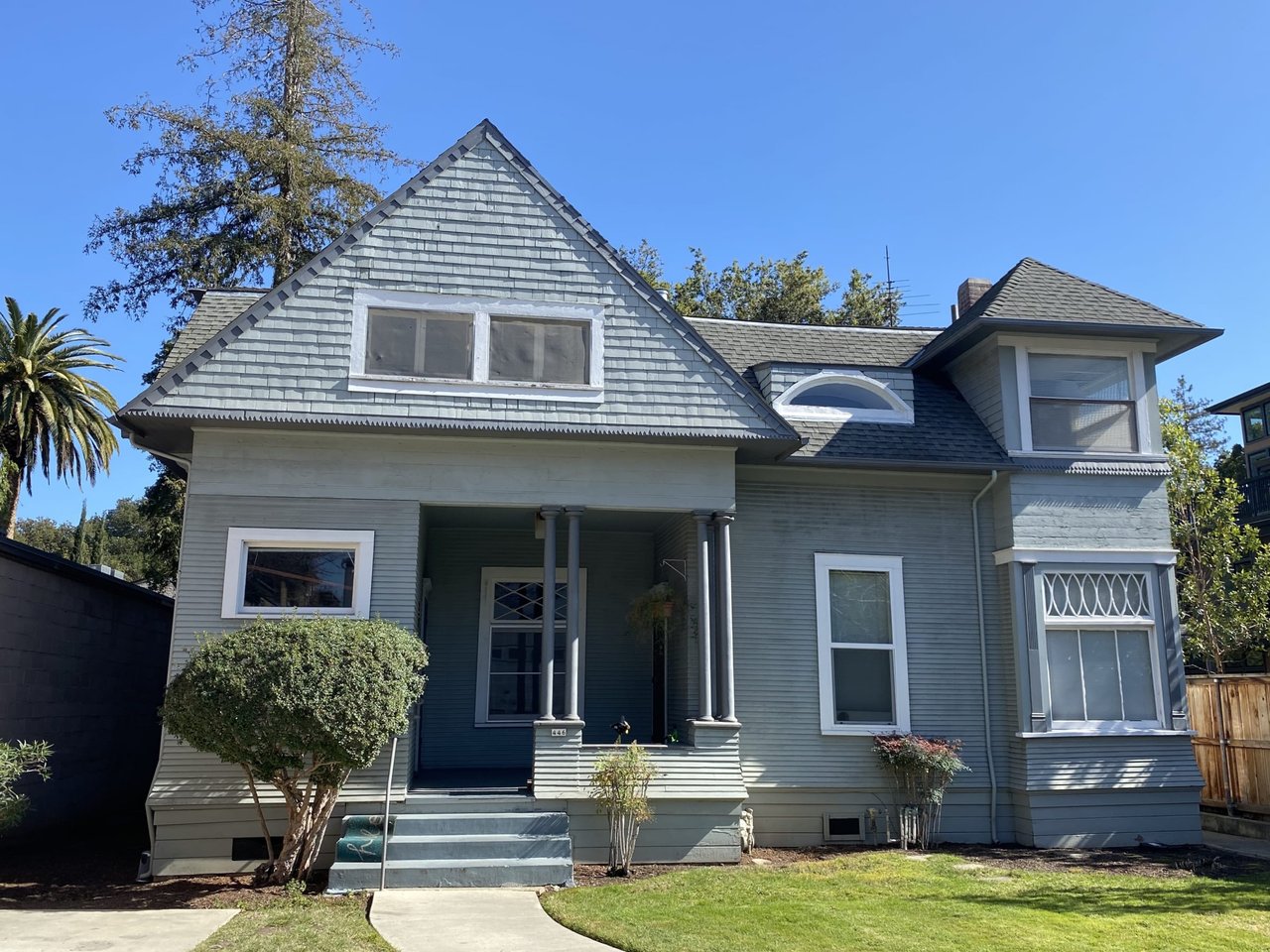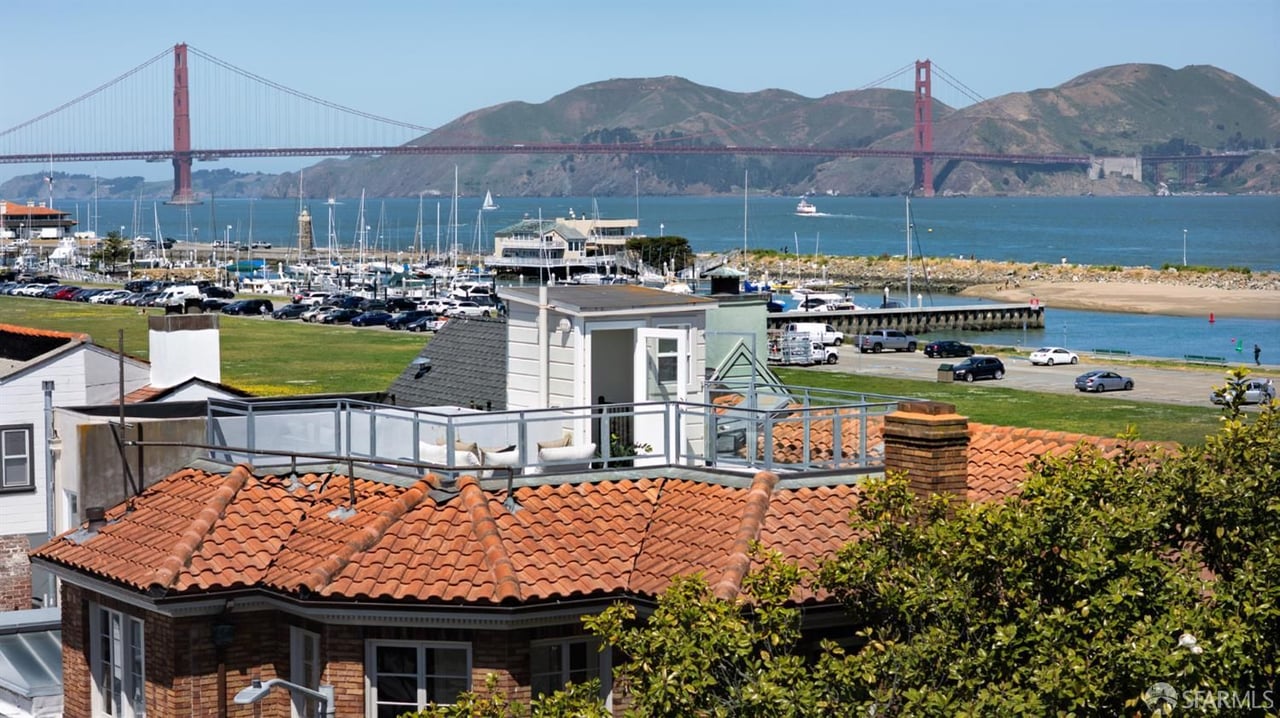Citing a desire to protect local landmarks from demolition and redevelopment, the Palo Alto City Council agreed Monday to review dozens of homes for possible inclusion on a historic registry, which would shield them from Senate Bill 9.
By a 6-0 vote, with Tom DuBois absent, the council moved to effectively upend the city's traditional approach to getting homes listed on the local, state or federal registries of historically significant properties — a designation that would exempt them from SB 9, a new state law that allows homeowners to build up to four dwellings on properties where a single home currently stands. To date, it has been up to the property owner to initiate the process of getting their homes listed for the historic registry, with the city acting in a supporting role.
Now, it will be the city leading the charge on getting some of these properties listed, potentially over the homeowners' objections.
The effort will focus on the dozens of properties that the city's consulting firm, Dames & Moore, identified as eligible for designation on the National Register of Historic Places after a citywide survey that it had completed in 2001. Despite this determination, the properties have not actually been listed on the registry and, as such, remain eligible for redevelopment under SB 9.
The city's planning staff had estimated that about 130 of the properties listed in the 2001 survey are single-family homes. As such, they could be subject to demolition if property owners choose to take advantage of the new state law.
Assistant Planning Director Rachael Tanner said under the new approach, the city would be basically saying to the property owners: "Your property is historic. Would you mind if we list it on the local registry?" There would also be a series of public hearings in which the property owners can voice their support or opposition before the Historic Resources Board, which would make a recommendation on each property and forward it to the council for a final decision.
"There would be a process with public hearings where they can say, 'We don't want it to be (listed). The HRB (Historic Resources Board) could disagree and say, 'We know you don't want it to be, but we still recommend that the council make it on the list,'" Tanner said. "And the council can say, 'Your property is a historic resource.'"
The council's move faced some backlash from residents who framed it as just the latest attempt by the city to defy SB 9, a law that it had publicly and vehemently opposed. Just before the state law took effect on Jan. 1, the city revised its zoning code to add a host of new "objective standards" for SB 9, which govern details such as rooflines, window placements to garage styles.
Economist Stephen Levy suggested that council members' use of the historic registry to prevent redevelopment "certainly does draw attention to their defiant attitude." He alluded to Pasadena's attempt to designate certain areas as "landmark district" to make them ineligible for SB 9. Last week, state Attorney General Rob Bonta notified Pasadena that its ordinance is "illegal and must be repealed."
Levy noted in his letter that the state Department of Housing and Community Development is well aware of Palo Alto's history of opposing SB 9.
"I hope council does not send yet another signal of defiance about state and regional housing goals," Levy wrote.
The council strongly objected to this argument, with several members pointing out that the historic review would cover only a small fraction of the roughly 14,200 properties throughout Palo Alto that staff believe are eligible for redevelopment under SB 9. City planners and council members argued that the move is necessary to protect historic structures from getting demolished.
Planning Director Jonathan Lait noted that before SB 9, a developer who wanted to demolish a home that is deemed eligible for a historic listing and replace it with a new two-story home would have to go through the city's "individual review" process, which gives city staff discretion in reviewing the project and requiring environmental analysis. SB 9 allows homeowners to forego the individual review process and build their homes by right.
"SB 9 eliminates that discretion," Lait said. "By it not being listed in local inventory, we no longer have the ability to stop that."
The vast majority of the properties that Dames & Moore deemed eligible for the historic registry are in north Palo Alto neighborhoods that date back to the city's founding, including Crescent Park, Downtown North, Professorville and University South. There are, however, notable exceptions, including a commercial property at 2601 E. Bayshore Road, near the Baylands; four homes on Coleridge Avenue in Old Palo Alto; and a cottage at 643 College Ave., according to the survey.
Greer Stone was one of several council members who observed that SB 9 explicitly allows jurisdictions to exempt historic properties, which is exactly what the council is doing. Rather than defying the law, the council is complying with it, he said.
"I find it pretty ironic that so many detractors tonight and in emails to council are arguing about the importance of us not trying to circumvent Sacramento's mandate on SB9 but have outright ignored that the very same legislators who passed SB 9 also chose to exempt sites with historical significance," Stone said. "You can't have it both ways."
Mayor Pat Burt agreed and said that the properties that are being reviewed for possible inclusion on the historic registry are "culturally significant to our community and are architecturally significant.
"The historic exemptions in SB 9 are not a bug of this law, they are a feature of the law. They were deliberately included," Burt said.
While the council unanimously approved the review, which will unfold over the coming months, council member Alison Cormack said she was somewhat concerned that staff did not publicly release to the council the list of properties under consideration and that many property owners are likely unaware that their homes will likely be subject to public hearings (View the list of properties that the survey reviewed).
This, she said, is significant given that the city will now be able to decide that these homes are historic without the agreement of the property owner.
Others were more enthusiastic in supporting the review. Council member Eric Filseth said expanding the registry of historic properties will restore the "checks and balances" that the city lost when SB 9 became law. He also rejected critics' characterization of the city as defying SB 9, noting that this effort would target fewer than 1% of eligible properties.
"If we're using this to try to overturn SB 9, we picked a pretty ineffective way to do it," Filseth said.




